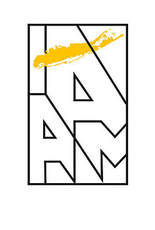
African American Museum of Nassau County (AAMNC)is one of these! Located in Hempstead, Long Island, it is one of two east coast museums dedicated to showcasing local and national African American artists, culture, history, artifacts and live performances.
Delighted with its close proximity and proud to have a cultural center dedicated to an integral component of American life, I knew I had to feature this museum for Black History Month.
I have traveled the world, visited a plethora of historic sites and world-renown museums, but during my visit this past weekend, my intellectual curiosities were stimulated more than I had expected upon walking through the doors. There was a small tour in progress when I arrived, but other than that, I had the museum to myself early on a Saturday morning, which was delightful.
Amidst storefronts, eateries and car dealerships on Franklin Street, is this amazing non-profit, showcasing a rotating series of exhibits and hosting numerous educational programs and community-based events throughout the year.
 Professor Leroy Leonardo Ramsey, Founder of African American Museum of Nassau County (c) travelincousins.com
Professor Leroy Leonardo Ramsey, Founder of African American Museum of Nassau County (c) travelincousins.com In February 1968, Professor Leroy Leonardo Ramsey put an exhibit on display at Nassau Community College in celebration of Black History Month. Due to popular demand, the exhibit was left in place at month's end as an ongoing display, with Professor Ramsey making occasional changes to the display from his personal collection of artifacts.
Eventually, as the exhibit grew, more space was necessary to adequately showcase the expanding collection, and as a result, Professor Ramsey established the Black History Center in a store front at 106-A Main Street, in Hempstead in 1970. The Center was moved for a second time in September 1985 to its current location at 110 N. Franklin Street, where it became the African American Museum of Nassau County.
AAMNC has been under the management of TAAGS since February 26, 2012, offering regular tours and a multitude of events.
What's more, in 2005, AAMNC was honored as one of only ten museums, to be granted American Legacy Magazine's "Heritage Award for Preservation of African American History and Culture".
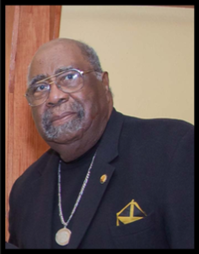 Julius Pearse, Curator of AAMNC
Julius Pearse, Curator of AAMNC AAMNC Curators
As I mentioned, I pretty much had the museum's exhibition space to myself and enjoyed the pleasure of personally chat with Mr. Julius O. Pearse, one of the curators of AAMNC. He and his wife Joysetta, currently manage the museum, conducting tours and organizing all museum events, and both are noted historians and founders of The African Atlantic Genealogical Society (TAAGS).
Not only was I fortunate enough to receive a one-on-one overview of the museum and its origin, but I was also mesmerized by Mr. Pearse's personal accomplishments, historical knowledge and talents as a genealogy expert, all of which he shares generously with AAMNC.
Born in the city of Winston-Salem, North Carolina, and raised on a farm in Marks Creek, Richmond County, North Carolina, in 1953, he moved to Woodmere, Long Island, New York and in 1962, became the first African American Police Officer, in the Village of Freeport. Facing difficult, racial struggles at this time, Mr. Pearse was active in the Civil Rights Movement in Nassau County, risking his job, but having prevailed, served 21 years on the force, and retired in 1983.
 Joysetta Pearse, Executive Director of AAMNC (photo credit: longislandpress.com)
Joysetta Pearse, Executive Director of AAMNC (photo credit: longislandpress.com) Mr. Pearse's wife Joysetta Pearse is executive director of AAMNC and a certified genealogist, historian and published author. I did not have the pleasure of personally making her acquaintance as she was leading a tour during my visit.
Mrs. Pearse's book "Black Royals: Queen Charlotte" details the history of this influential royal, who is prominently featured in the museum's exhibition. The book is available on Amazon and through the museum's website.
Bringing all of their accomplishments and talents to the museum, the Pearse's provide people of the community an opportunity to trace their roots and learn more about their ancestral history.
A hall dedicated to an array of artifacts comprised of instruments, vases, statues and other objects embodied much of what I had hoped to see during my visit and I found myself lingering in this area to study the various items.
Ernani Silva: The Good, The Bold & The Beautiful
This art exposition features the works of the internationally acclaimed Afro-Brazilian artist, Ernani Silva. Born in Rio de Janeiro, Ernani's art has a distinctive painterly style that reflects the influence of African, Indian and European Descent on the culture and traditions of Brazil.
Encompassing the main hall upon entering AAMNC, the vibrant colors and mystical feeling of Silva's work is palpable. This world renown artist began painting at the age of fourteen. Having grown up in a settlement that was originally inhabited by African runaway slaves, Silva left for Bahia, "the backdoor of Yoruba and Candomlé" as a young man. It was here that he was able to immerse himself in the culture that included African-based religions, their ceremonies an rituals and his technique flourished.
Private collectors include Governor Arnold Schwarzenegger, actress Ruby Dee and actor, Andy Garcia, to name a few.
The Black Royals-Queen Charlotte and Queen Philippa is an exciting exhibit that highlights two English queens whose ancestry traces back to William the Conqueror. Their lineage impacts royal houses of Europe, from Spain to Scandinavia; and extends to the leadership of the United States of America.
As princess of Mecklenburg-Strelitz, Sophie Charlotte was descended directly from an African branch of the Portuguese Royal House, Margarita de Castro y Sousa. Six different lines can be traced from Princess Sophie Charlotte back to Margarita de Castro y Sousa.
Queen Charlotte's African bloodline was not common knowledge and portraits that depicted her African features, such as those painted by Sir Thomas Lawrence and Sir Allan Ramsey, were rejected at the time, to minimize political interests of those that disapproved of a multi-racial royal family for Britain. During this era slavery was commonplace and the anti-slavery campaign was growing, which was yet another reason painters of the time were expected to play down or soften the Queens' African features.
Queen Charlotte was quite intelligent, well read and had a passionate interest in the fine arts. She is known to have supported and been taught music by Johann Christian Bach. She was extremely generous to Bach’s wife after Bach’s death. Wolfgang Amadeus Mozart, at aged eight dedicated his Opus 3 piece to the Queen at her request. Also an amateur botanist, Queen Charlotte helped to establish Kew Gardens, bringing among others, the Strelitzia Reginae, a flowering plant from South Africa.
The Queen, is credited with introducing the Christmas tree to England in 1800. It was said to be decorated with, ‘sweetmeats, almonds and raisins in papers, fruit and toys. Also the Queen Charlotte Maternity hospital was established in London, making it the oldest maternity care institution in England.
Queen Charlotte died on November 17, 1818 at Dutch House in Surrey, now Kew Palace, in the presence of her eldest son, the Prince Regent. She is buried at St George’s Chapel, Windsor. The only private writings that have survived are Queen Charlotte's 444 letters to her closest confidant her older brother, Charles II, Grand Duke of Mecklenburg-Strelitz.
Queen Charlotte was the great great-great grandmother of the present Queen Elizabeth II who still lives in the expanded Buckingham House, now Buckingham Palace. Kew gardens still flourishes and is always being expanded.
Many places of importance globally have been named for this remarkable Royal including the Queen Charlotte maternity hospital, Charlotte town, Canada, Fort Charlotte, St Vincent, West Indies, and Charlotte, North Carolina.
Philippa of Hainault was born on June 14, 1314 and was the daughter of William of Hainault, a lord in part of what is now Belgium, an area that had once been ruled by Moorish tribes.
When she was nine, the King of England, Edward II, decided that he would marry his son, the future Edward III, to her and sent his bishop to go see the future queen.
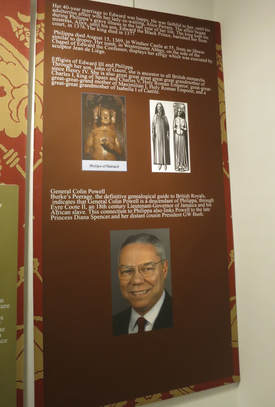
“The lady whom we saw has not uncomely hair, betwixt blue-black and brown. Her head is cleaned shaped; her forehead high and broad, and standing somewhat forward. Her face narrows between the eyes, and the lower part of her face is still more narrow and slender than the forehead. Her eyes are dark. Her nose is fairly smooth and even, save that is somewhat broad at the tip and flattened, yet it is no snub nose. Her nostrils are also broad, her mouth fairly wide. Her lips somewhat full and especially the lower lip…all her limbs are well set and unmaimed, and nought is amiss so far as a man may see. Moreover, she is brown of skin all over, and much like her father, and in all things she is pleasant enough, as it seems to us.”
Four years later Prince Edward went to visit his bride-to-be and her family, and fell in love with her. She was betrothed to him and in 1327, when she was only fourteen, and the next year, when she was fifteen, they married and were crowned King and Queen in 1330. Her first child, was named Edward, like his father, but is better known as the Black Prince. Many say that he was called this because of the colour of his armour, but there are records that show that he was called ‘black’ when he was very small. The French called him ‘Le Noir’.
Queen Philippa was one of the most well-loved Royals by the English for her kindliness and restraint, frequently interceding with her husband and successfully pleading for the lives of those who had been sentenced to die. She was an avid patron of the arts, a capable regent when her husband was away warring and a prolific mother and known to be the “most royal” Queen-Consort of England due to four of her great-great-grandfathers all having been kings (of France, Aragon, Naples and Hungary).
Queen’s College in Oxford University was founded under her direction by her chaplain, Robert de Eglesfield in 1341 when she was 28. She also brought many artists and scholars from Hainault who contributed to English culture.
When she died, it is said that Edward never really recovered, and she was greatly mourned by him and the country. King Edward had a beautiful sculpture commissioned for her tomb which is on display at Westminster Abbey in London.
Her line of descendants is remarkably interesting. Through her son, John of Gaunt, Queen Philippa is ancestor to all British monarchs since Henry IV, including great-great-great-great-great grandmother of Charles I, King of Spain and Charles V, Holy Roman Emperor and a great-great grandmother of Isabella I of Castile.
Moving right along to other contemporary notables, according to Burke's Peerage, the definitive genealogical guide to British Royals, there is evidence that our own General Colin Powell is a descendant of Philippa, through Eyre Coote II, an 18th Century Lieutenant-Governor of Jamaica and his African Slave.
Even more amazing is that this connection to Philippa also links Powell to the late Princess Diana Spencer and her distant cousin President GW Bush. Talk about connections!!
Listening to Mr. Pearse in his office, and learning of some of his "white' ancestors, it sparked thoughts of my dad's recent findings from Ancestry.com. With the majority of our genetic make-up being of Italian descent, he discovered that he is also comprised of eastern European heritage as well as African!
What I realized in that moment, in light of Mr. Pearse's background, my own and the "Royals" exhibit I had just explored is the reality of how none of us on this planet are truly "pure" of one race or nationality and that we are all part of the human race and share much of the same genealogy with one another.
-Elisa
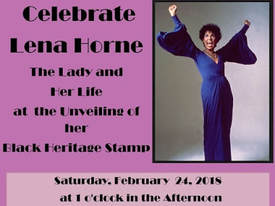
African Adventure Tales - Live Puppetry
Thursday, February 22, 2018
2pm
Great fun for the children! "Anansi and the Talking Melon" and Liberian tale "koi and the Kola Nuts" come to life with stunning puppetry, spectacular scenery and lively music.
Celebrate Lena Horne, The Lady an Her Life at the Unveiling of her Black Heritage Stamp
Saturday, February 24, 2018
1pm
The event will include the Musical Entertainment of Dolores Wall featuring Big Bruce and the Messengers. Admission is Free - Donations Accepted
African American Museum
110 N Franklin St, Hempstead, NY 11550
(516) 572-0730
Hours: Wednesday-Saturday: 10a.m.-5p.m.



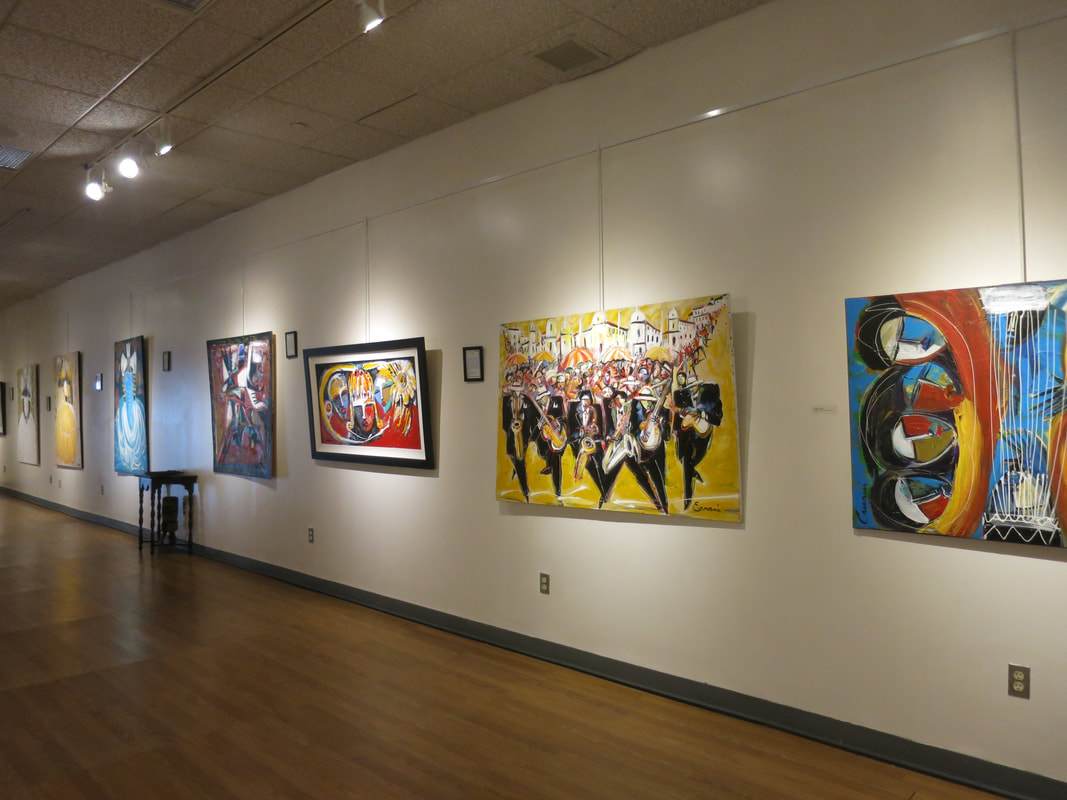
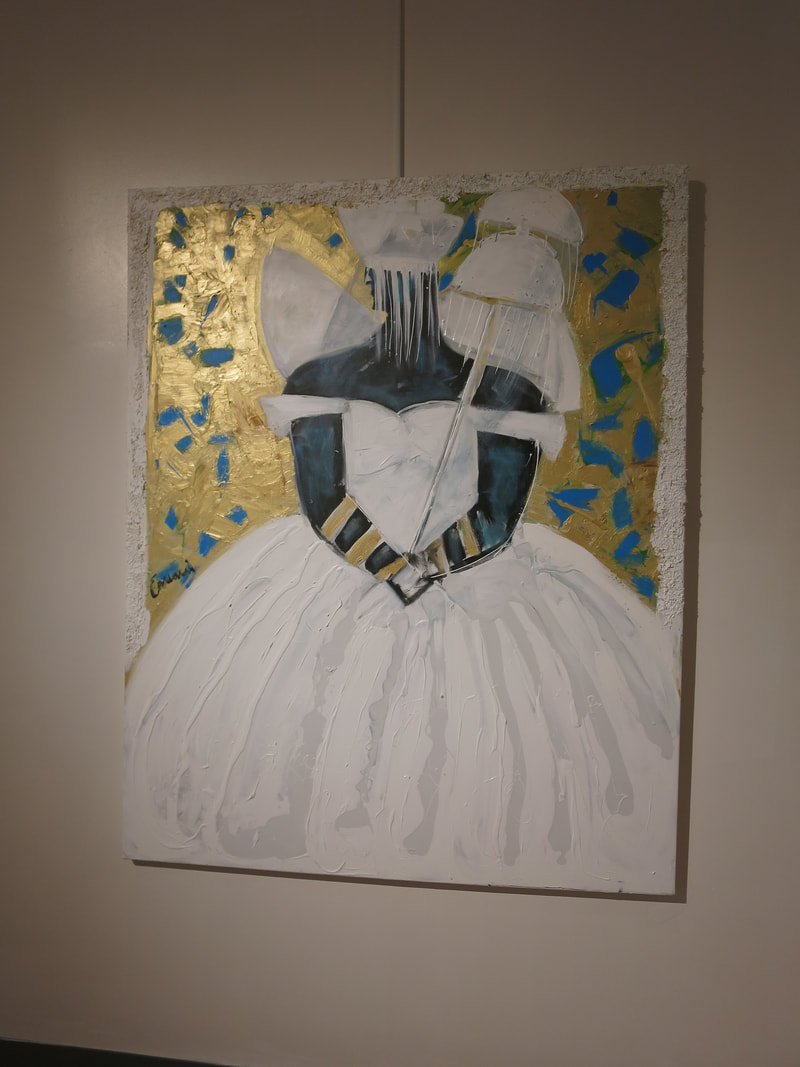

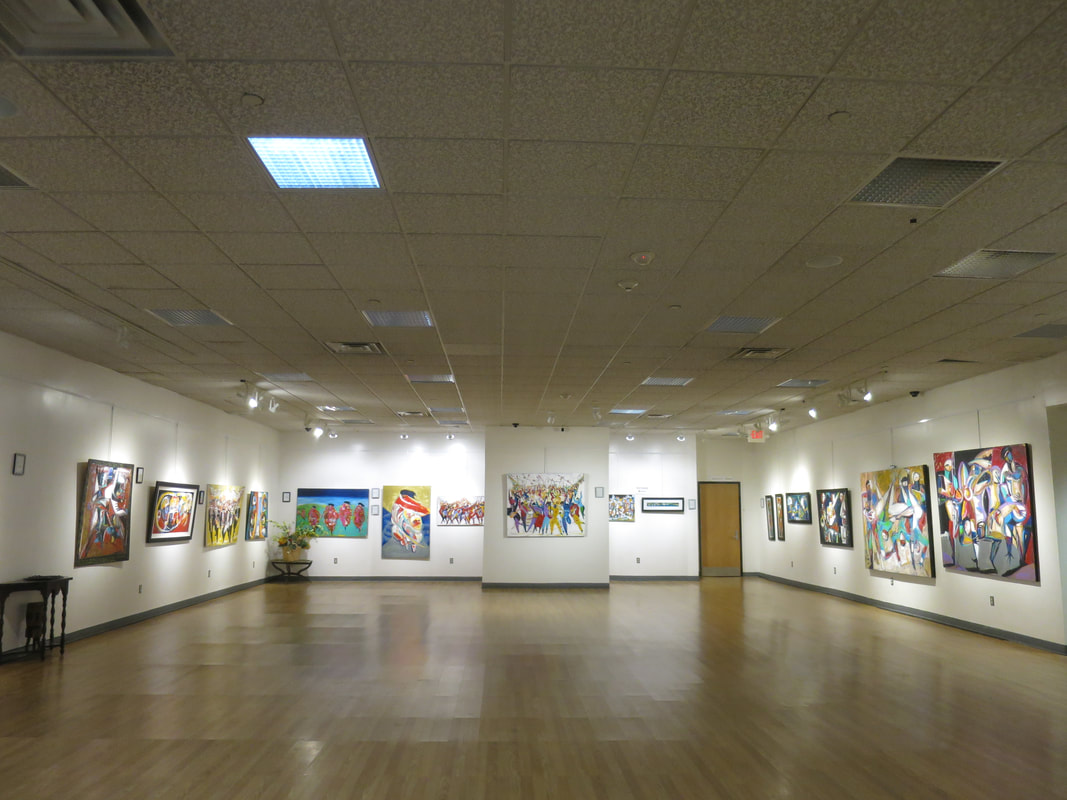

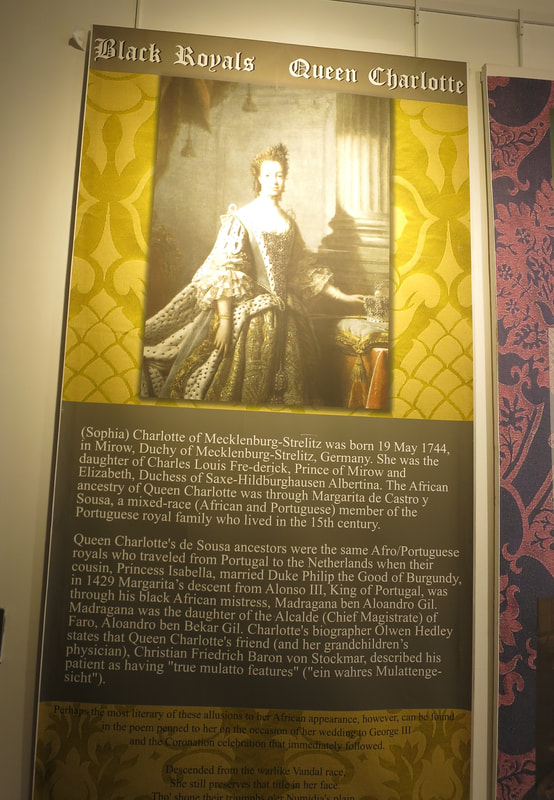

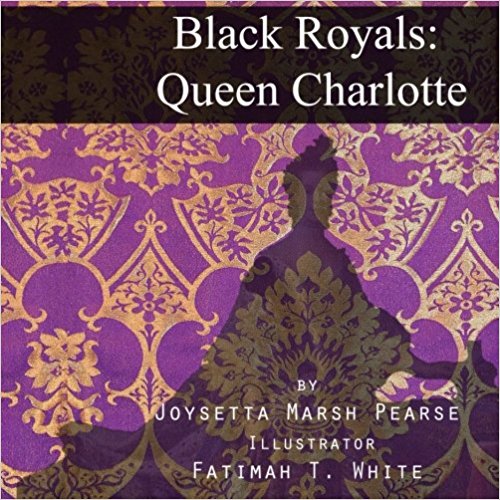


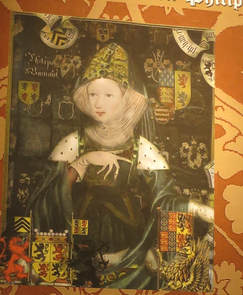

 RSS Feed
RSS Feed